 This week’s issue of TIME Magazine topped off three weeks of nationwide coverage of Transportation for America’s Dangerous by Design report ranking communities according to the risk for pedestrians.
This week’s issue of TIME Magazine topped off three weeks of nationwide coverage of Transportation for America’s Dangerous by Design report ranking communities according to the risk for pedestrians.
The excellent TIME piece opens with the tragic story of Ashley Nicole Valdes, “a smart, pretty 11-year-old girl” who was killed while crossing the street in Miami earlier this year and became “a heart-wrenching symbol of South Florida’s notoriously reckless car culture.”
Florida was identified in the report as being the most dangerous for pedestrians. “You see all these people getting run over,” said Ashley’s mother, Adonay Risete, “and you ask yourself: What’s happened to us as people here? We need to get tougher and change attitudes.”
The phenomenal response to Dangerous by Design is a hopeful sign that change may be under way.
More than 150 newspapers, 300 TV broadcasts and 50 radio programs have covered the report, co-authored by the Surface Transportation Policy Partnership, since its release three weeks ago. The report’s findings speak to the need for action: America has a pedestrian fatality rate equivalent to a jumbo jet full of passengers crashing every 31 days. This decade alone, 43,000 Americans – including 3,906 children under 16 – have been killed while walking or crossing the street.
We could make great strides on pedestrian safety by adopting “complete streets” policies, ensuring that roads are designed to be safe and accessible for everyone who uses them, whether motorist, bicyclist, transit rider or pedestrian. You can help by asking your member of Congress to support the pending national Complete Streets Act.
Meanwhile, more than 100 communities and states have adopted such policies, and more are coming. One of the report’s greatest success stories was the swift action of officials in Southwest Florida’s Lee County, who adopted a resolution in support of Complete Streets within 48 hours of the report’s release, and just one day after the local Ft. Myers News-Press editorialized in favor of the policy.
Dangerous by Design was covered extensively in both national and local media, including National Public Radio, TIME Magazine, USA Today, The Christian Science Monitor, The Washington Post, Boston Globe, San Francisco Chronicle, Denver Post, Baltimore Sun, Houston Chronicle, Consumer Affairs, Orlando Sentinel, Detroit Free Press, St. Louis Post-Dispatch, and dozens more.
The Kansas City-Star wrote that the Kansas City metropolitan area’s “widely dispersed population and auto-oriented development are doing no favors for pedestrian safety.”
The Minnesota Daily wrote: “With the implementation of Complete Streets…streets wouldn’t be something we simply drove through, but the destination itself.”
And, the Billings Gazette in Montana drew on the experience of T4 America partner Dr. Michael Vlases to link transportation safety and health. “Bringing walking back into daily urban life is not just about aesthetics,” Vlases told the Gazette. “It’s a matter of public health.”
The “room for improvement” designation easily goes to Harris County, Texas, which according to the Houston Chronicle, “has a policy of not installing sidewalks when it builds a new road, unless a group or city provides the extra money. ‘It’s an expense that doesn’t have to do with transportation,’ said Mark Seegers, a spokesman for Harris County Commissioner Sylvia Garcia. ‘The county does not do sidewalks; it’s not what gets cars from point A to point B.’”
Harris County serves as a reminder of how much work there is to be done.
The steering committee for Dangerous by Design included the American Public Health Association, Smart Growth America, AARP, America Bikes, America Walks, the Safe Routes to School National Partnership and the National Complete Streets Coalition. T4 America is indebted to these partners for their work helping create and release this report.




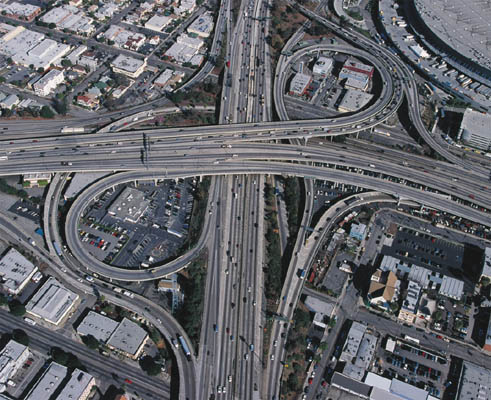 Critics of public transportation often cling to the canard that government should not subsidize a transportation option that cannot pay for itself. These naysayers reference “self-sustaining” roads and highways, which receive funding from user-fees – in this case, the federal gas tax.
Critics of public transportation often cling to the canard that government should not subsidize a transportation option that cannot pay for itself. These naysayers reference “self-sustaining” roads and highways, which receive funding from user-fees – in this case, the federal gas tax.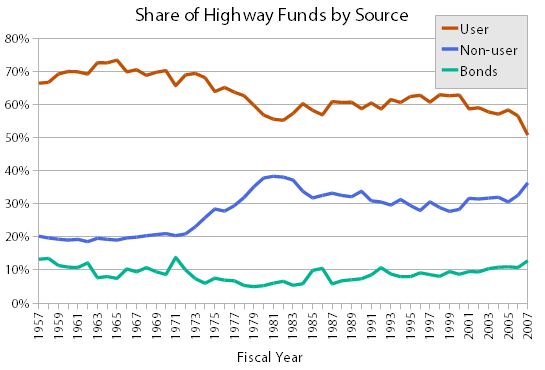

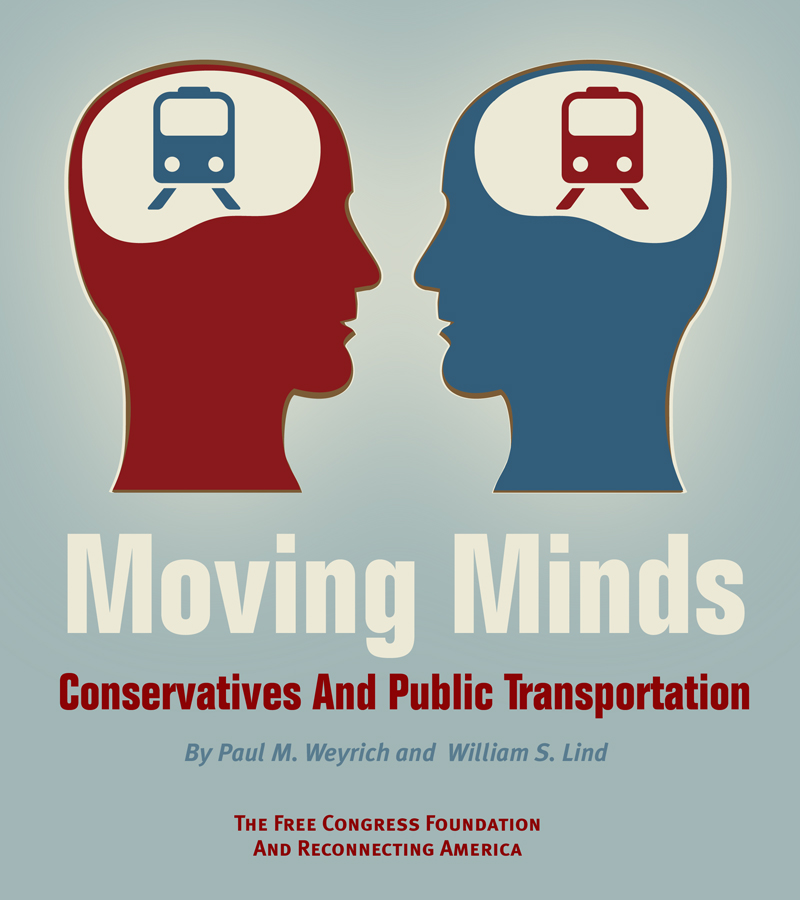
 This week’s issue of TIME Magazine topped off three weeks of nationwide coverage of Transportation for America’s Dangerous by Design report ranking communities according to the risk for pedestrians.
This week’s issue of TIME Magazine topped off three weeks of nationwide coverage of Transportation for America’s Dangerous by Design report ranking communities according to the risk for pedestrians.


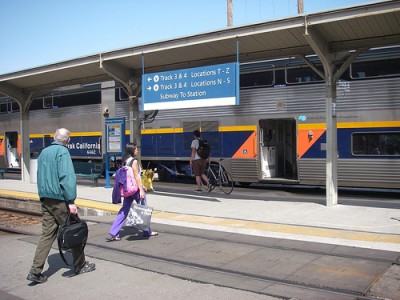 How could a new transportation bill revitalize rural and small-town America? That was the focus of a Senate Democratic Steering Committee briefing on “Issues and Innovations for Small Towns and Rural Communities” in the Capitol Visitors Center last Friday.
How could a new transportation bill revitalize rural and small-town America? That was the focus of a Senate Democratic Steering Committee briefing on “Issues and Innovations for Small Towns and Rural Communities” in the Capitol Visitors Center last Friday.
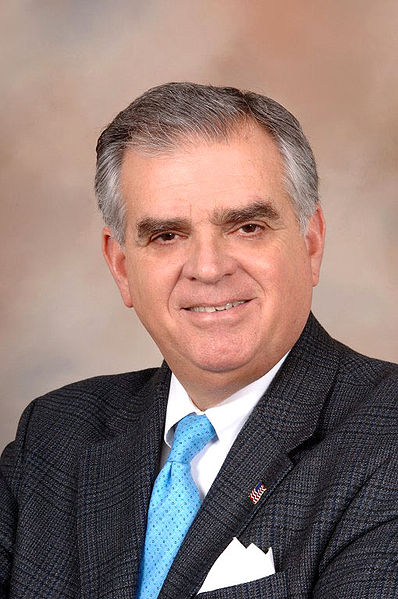




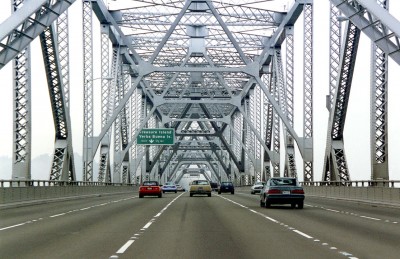 Even in the San Francisco Bay Area, a renowned transit hub with higher than average rates of walking, biking and transit ridership, more than 280,000 vehicles cross the San Francisco-Oakland Bay Bridge every day. It’s a critical artery connecting downtown San Francisco with the thousands of residents who live in Oakland and the surrounding suburbs.
Even in the San Francisco Bay Area, a renowned transit hub with higher than average rates of walking, biking and transit ridership, more than 280,000 vehicles cross the San Francisco-Oakland Bay Bridge every day. It’s a critical artery connecting downtown San Francisco with the thousands of residents who live in Oakland and the surrounding suburbs.

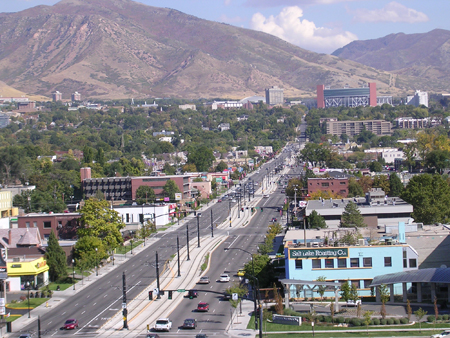 A “comprehensive, but bottom-up approach to transportation” may sound like an oxymoron, but to a panel of regional planning experts on the frontlines of reform, it sounds a lot like common sense.
A “comprehensive, but bottom-up approach to transportation” may sound like an oxymoron, but to a panel of regional planning experts on the frontlines of reform, it sounds a lot like common sense.
